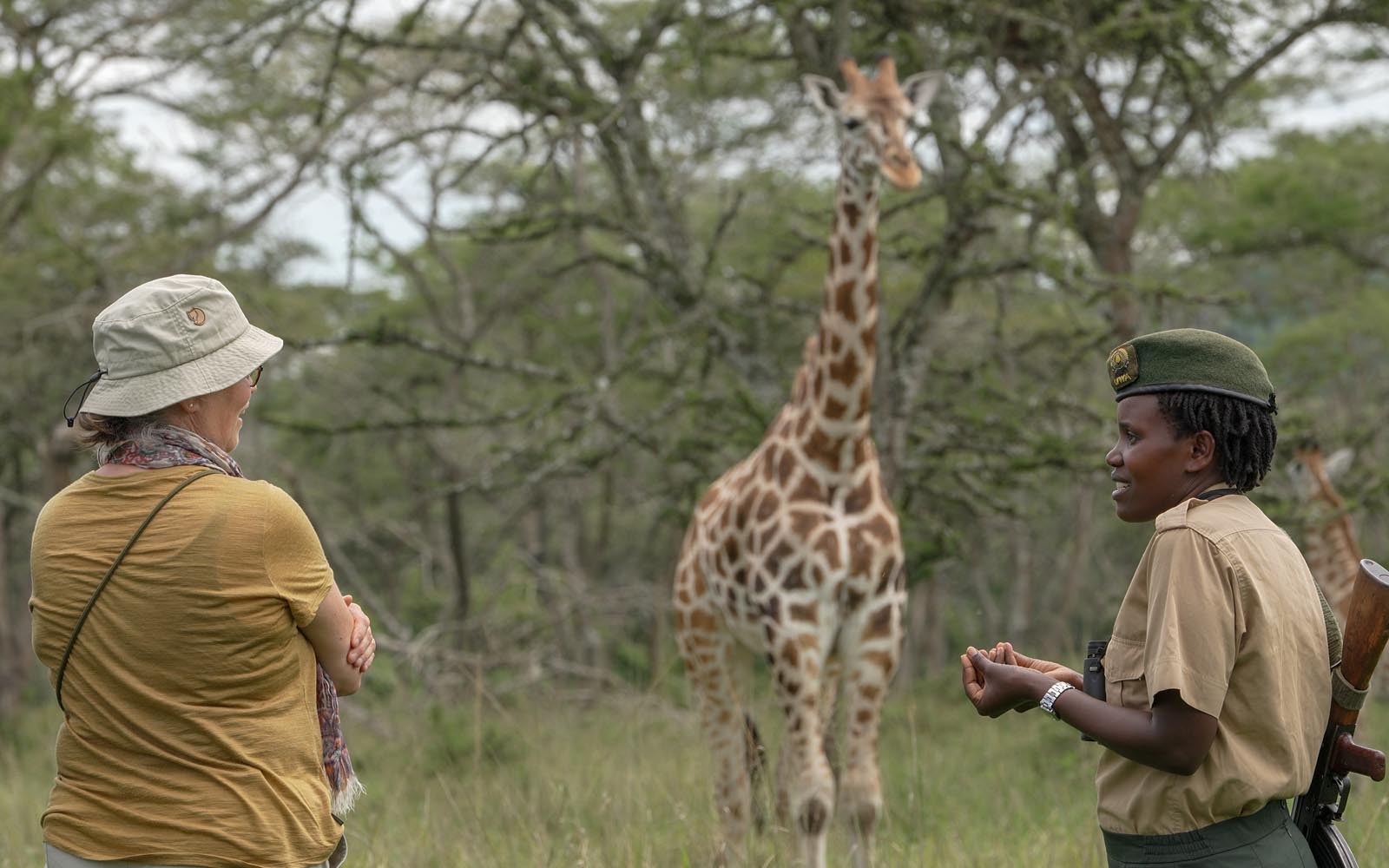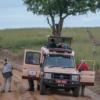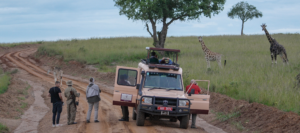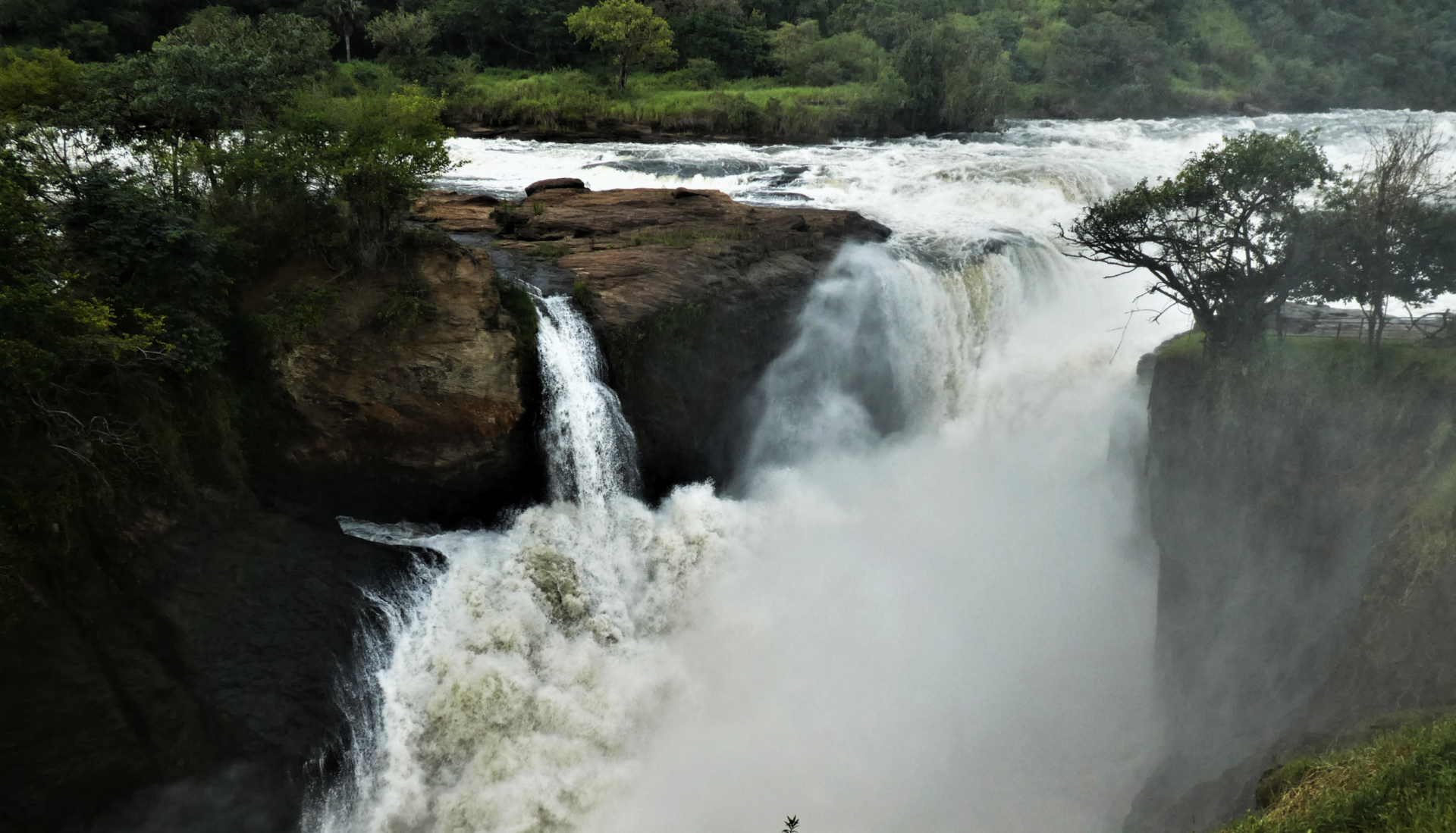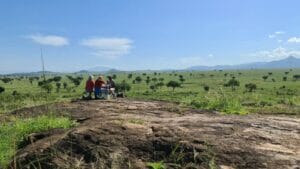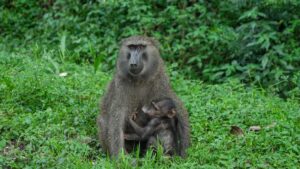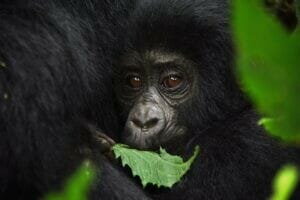Uganda, a country known for its stunning wildlife and diverse landscapes, is home to one of the most captivating and rare species on the planet – the Nubian Giraffe. Also known as the Rothschild’s Giraffe, these majestic creatures can be found in select regions of Uganda, making it a prime destination for wildlife enthusiasts and nature lovers.
Today, we will delve into the world of the Nubian Giraffe, exploring their habitat, the reasons why they thrive in Uganda, and the specific regions where they can be found. We will also discuss the best time to spot these remarkable creatures, the conservation efforts being made to protect their population, and provide valuable tips on planning a safari adventure to witness them up close.
So, if you’ve ever dreamt of coming face to face with these graceful giants, join us as we embark on a journey to discover where to find Nubian Giraffes in Uganda. Get ready for an unforgettable wildlife experience and the chance to witness the beauty of these endangered creatures in their natural habitat.
Understanding Nubian Giraffes: An Introduction
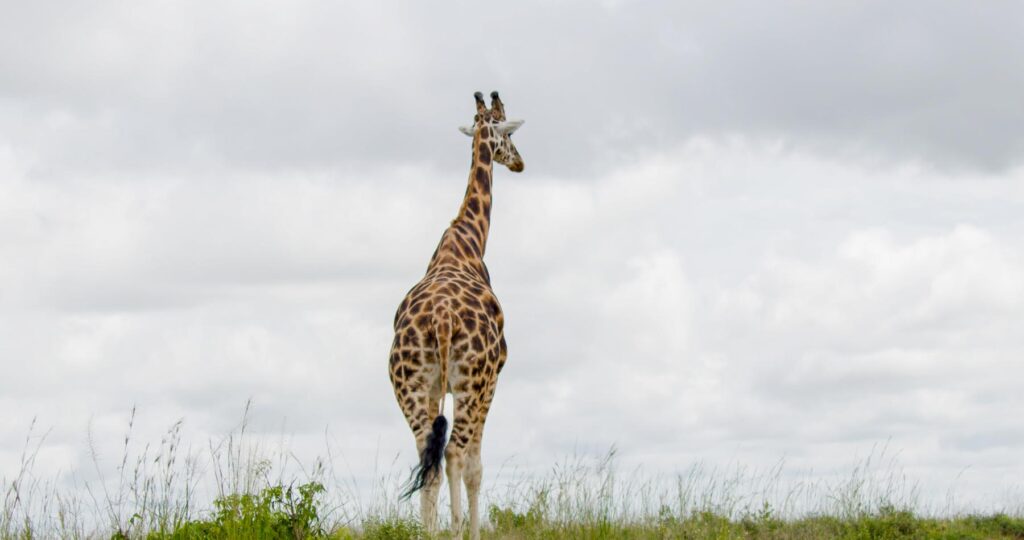
The Nubian Giraffe, scientifically known as Giraffa camelopardalis rothschildi, is a subspecies of giraffe that is native to the African continent. Renowned for its distinctive appearance and endangered status, the Nubian Giraffe holds a special place in the hearts of wildlife enthusiasts and conservationists alike.
One of the key characteristics that sets the Nubian Giraffe apart from other subspecies is its coat pattern. Unlike other giraffes, the Nubian Giraffe boasts a lighter coloration, with large orange-brown patches separated by bright white lines. This unique coat pattern makes them easily distinguishable and incredibly beautiful to behold.
In terms of physical features, Nubian Giraffes can reach impressive heights, standing up to 18 feet tall. Their long necks and legs, along with their striking pattern, make them an iconic symbol of African wildlife. Additionally, Nubian Giraffes possess a prehensile tongue that can extend up to 18 inches in length, allowing them to reach and strip leaves from thorny acacia trees, their primary source of food.
Unfortunately, the Nubian Giraffe population has faced significant challenges over the years, primarily due to habitat loss and poaching. As a result, they have been classified as endangered by the International Union for Conservation of Nature (IUCN). However, Uganda has emerged as a valuable refuge for these magnificent creatures, providing them with a safe haven to thrive and regain their population numbers.
Understanding the importance of Nubian Giraffes and their unique characteristics is crucial in appreciating their presence in Uganda. By learning more about these gentle giants, we can develop a deeper connection and appreciation for their conservation and the efforts being made to protect them. So, let’s delve further into the habitat of Nubian Giraffes in Uganda and discover why this country plays a vital role in their preservation.
Habitat of Nubian Giraffes in Uganda
The habitat of Nubian Giraffes in Uganda is characterized by a diverse range of landscapes that provide an ideal environment for these majestic creatures to roam and thrive. From lush savannahs to dense forests, Uganda offers a variety of habitats that cater to the specific needs of the Nubian Giraffe population.
Why Nubian Giraffes Live in Uganda
Uganda’s unique geography and climate make it an attractive habitat for Nubian Giraffes. The country’s location near the equator ensures a relatively stable climate throughout the year, with warm temperatures and abundant rainfall. These favorable conditions support the growth of vegetation, providing a consistent food source for the giraffes.
Furthermore, Uganda’s conservation efforts and protected areas have played a crucial role in preserving the natural habitat of the Nubian Giraffes. National parks and wildlife reserves, such as Murchison Falls National Park and Kidepo Valley National Park, have been instrumental in maintaining suitable habitats and safeguarding the giraffe population.
Specific Regions Where Nubian Giraffes are Found
While Nubian Giraffes can be found in various regions across Uganda, there are a few notable areas where sightings are more common. Here are some of the key regions where you can expect to encounter these magnificent creatures:
- Murchison Falls National Park: Situated in northwestern Uganda, Murchison Falls National Park is home to a significant population of Nubian Giraffes. The park’s diverse landscape, which includes savannahs, woodlands, and the dramatic Murchison Falls themselves, provides an ideal habitat for these giraffes.
- Kidepo Valley National Park: Located in the northeastern part of Uganda, Kidepo Valley National Park is known for its remote and untouched wilderness. This park offers a unique opportunity to spot Nubian Giraffes against the backdrop of stunning mountain ranges and vast savannah plains.
- Lake Mburo National Park: Situated in western Uganda, Lake Mburo National Park is a smaller but equally impressive habitat for Nubian Giraffes. The park’s network of lakes, swamps, and acacia woodlands provides a diverse ecosystem that supports a variety of wildlife, including giraffes.
- Queen Elizabeth National Park: In southwestern Uganda, Queen Elizabeth National Park offers a mix of grasslands, wetlands, and forests that attract a wide range of wildlife, including Nubian Giraffes. Exploring the park’s vast plains and scenic landscapes presents a great opportunity for giraffe sightings.
- Pian Upe Game Reserve: Located in the eastern part of Uganda, Pian Upe Wildlife Reserve is known for its expansive grasslands and rugged terrain. This reserve is home to a notable population of Nubian Giraffes, making it a prime location for spotting these magnificent creatures.
These regions provide a glimpse into the diverse habitats where Nubian Giraffes in Uganda can be found. With careful planning and the assistance of experienced guides, visitors have the opportunity to witness these gentle giants in their natural surroundings and contribute to their conservation efforts.
Best Time to Spot Nubian Giraffes in Uganda
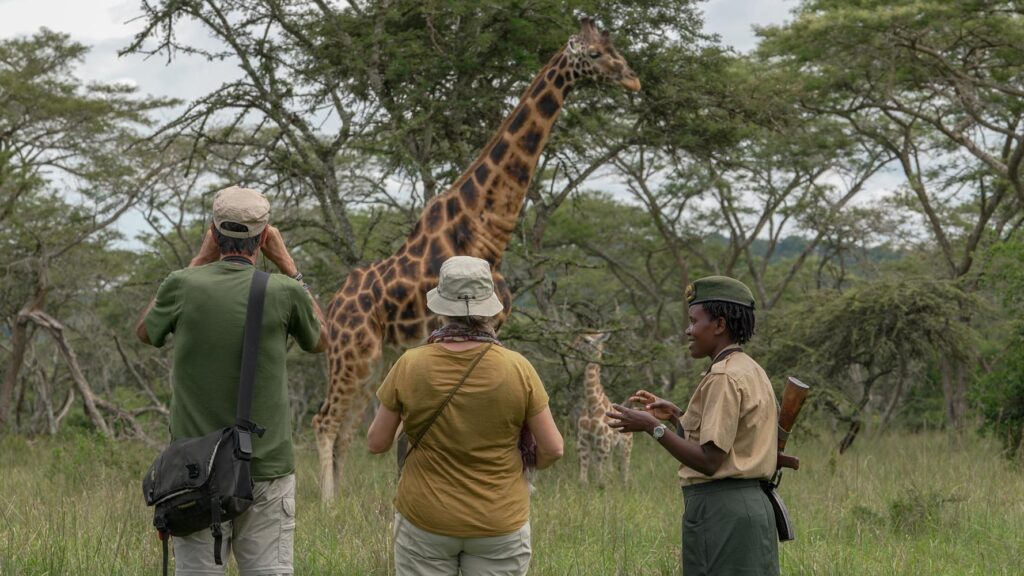
When it comes to spotting Nubian Giraffes in Uganda, timing is key. Understanding the seasonal patterns and behavior of these majestic creatures will greatly enhance your chances of witnessing them in their natural habitat. Here, we explore the best time to spot Nubian Giraffes in Uganda and provide insights into the ideal timing for sightings.
Seasonal Patterns of the Nubian Giraffe
Uganda experiences two distinct seasons: the dry season and the wet season. Each season brings its own advantages and considerations for wildlife viewing, including Nubian Giraffes.
- Dry Season: The dry season in Uganda typically runs from June to September and December to February. During this time, the vegetation tends to be less dense, making it easier to spot giraffes as they move through the open grasslands and woodlands in search of food and water. Additionally, the reduced foliage offers clearer visibility for wildlife observation, increasing the chances of spotting these magnificent creatures.
Wet Season: The wet season in Uganda occurs from March to May and October to November. While the wet season brings lush greenery and abundant water sources, it can make wildlife viewing more challenging. The dense foliage and taller grasses can obstruct visibility, making it harder to spot giraffes in their natural habitat. However, the wet season also brings an abundance of food, attracting giraffes to specific areas where vegetation is plentiful.
Ideal Timing for Sightings
To maximize your chances of spotting Nubian Giraffes in Uganda, it is recommended to plan your visit during the dry season. This is when the vegetation is less dense, allowing for easier visibility and increased chances of encountering these magnificent creatures. The months of June to September, in particular, are considered prime time for wildlife viewing, including giraffes.
When planning your safari, it’s important to consider the specific regions where Nubian Giraffes are found in Uganda. Research the seasonal patterns and weather conditions of these areas to ensure an optimal experience. Consulting with local tour operators or experienced guides can provide valuable insights and help you plan your visit during the best time for giraffe sightings.
It’s worth noting that wildlife sightings can never be guaranteed, as these are wild animals in their natural habitat. However, by visiting during the recommended dry season and seeking guidance from knowledgeable experts, you increase your chances of spotting the magnificent Nubian Giraffes in Uganda.
Conservation Efforts for Nubian Giraffes in Uganda
The Nubian Giraffe population in Uganda faces numerous challenges, including habitat loss, poaching, and human-wildlife conflicts. To protect these majestic creatures and ensure their long-term survival, dedicated conservation efforts have been implemented in Uganda. In this section, we will explore the threats to the Nubian Giraffe population and the conservation programs that aim to safeguard their future.
Threats to Nubian Giraffe Population
- Habitat Loss: As human populations expand and agricultural activities increase, the natural habitat of Nubian Giraffes is being degraded and fragmented. Deforestation, land conversion, and encroachment on wildlife areas are significant threats that reduce the available space for giraffes and disrupt their natural behavior.
- Poaching: Unfortunately, Nubian Giraffes are also targeted by poachers, primarily for their meat, hides, and body parts. Poaching not only reduces the population of giraffes but also disrupts the delicate balance of ecosystems in which they play a crucial role.
Human-Wildlife Conflicts: Giraffes sometimes come into conflict with local communities, especially when they venture into farmlands and consume crops. This can result in negative perceptions and retaliatory actions, further endangering the giraffe population.
Conservation Programs and Their Impact
To address these threats and protect the Nubian Giraffe population, several conservation programs have been implemented in Uganda. These initiatives aim to raise awareness, promote sustainable practices, and create protected areas for the giraffes to thrive. Here are some notable conservation programs and their impact:
- Giraffe Conservation Foundation (GCF): The GCF collaborates with local partners in Uganda to conduct research, monitor giraffe populations, and implement conservation strategies. Their efforts include community engagement, capacity building, and anti-poaching measures.
Protected Areas and Wildlife Reserves: National parks and wildlife reserves in Uganda, such as Murchison Falls National Park and Kidepo Valley National Park, play a vital role in conserving the Nubian Giraffe population. These protected areas provide a safe haven for giraffes and other wildlife, ensuring their long-term survival.
Community-Based Conservation Initiatives: Engaging local communities in conservation efforts is crucial for the success of giraffe conservation. Programs that promote sustainable livelihoods, alternative income sources, and education about the importance of wildlife conservation help foster positive attitudes towards giraffes and reduce human-wildlife conflicts.
Ecotourism and Responsible Travel: The promotion of responsible tourism practices and the generation of revenue from wildlife tourism contribute to the conservation of Nubian Giraffes. By supporting eco-friendly lodges, guided safaris, and community-based tourism initiatives, travelers can directly contribute to the conservation efforts and economic development of local communities.
These conservation programs, in collaboration with government agencies, NGOs, and local communities, have made significant strides in protecting the Nubian Giraffe population in Uganda. However, continued efforts and support are essential to ensure the long-term survival and thriving of these magnificent creatures.
Planning a Safari to See Nubian Giraffes
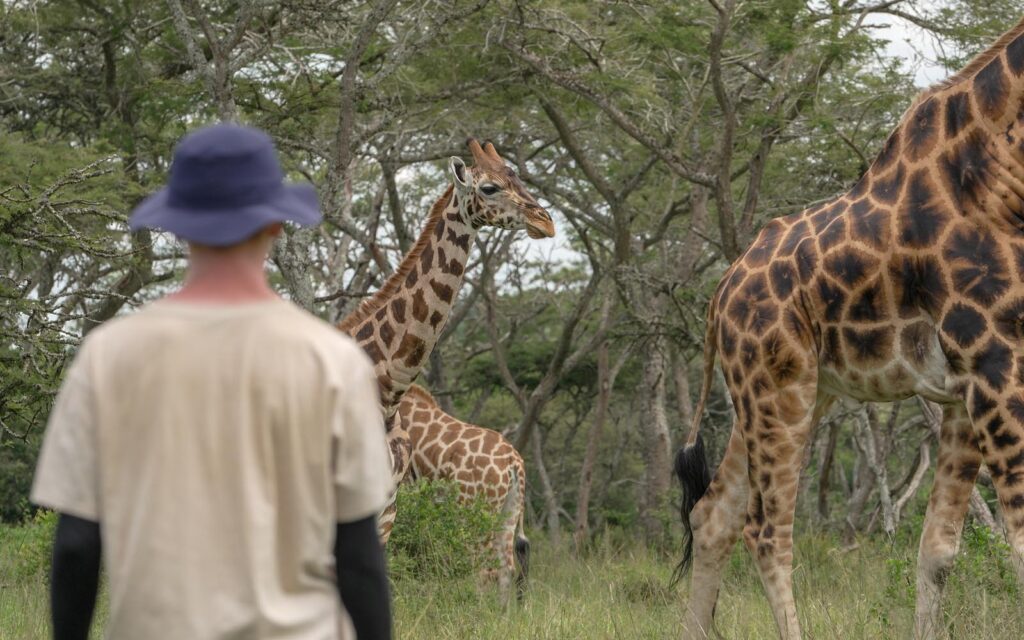
Planning a safari to see Nubian Giraffes in Uganda requires careful consideration and preparation. In this section, we will provide valuable insights and recommendations to help you plan an unforgettable wildlife adventure.
Choosing the Right Safari Tour
- Research Reputable Safari Operators: Look for safari operators with a strong reputation for ethical and sustainable practices. Read reviews, seek recommendations, and ensure they have experience in organizing wildlife-focused safaris in Uganda.
- Customized vs. Group Safaris: Decide whether you prefer a customized Uganda safari tailored to your preferences or a group safari that offers a shared experience with like-minded travelers. Consider factors such as budget, desired itinerary, and personal preferences when making this decision.
- Wildlife-Focused Itineraries: Opt for safari tours that specifically highlight wildlife viewing and include the regions known for Nubian Giraffe sightings. Look for itineraries that prioritize spending ample time in national parks and wildlife reserves where giraffes are known to inhabit.
Travel Tips and Recommendations
- Timing and Season: As discussed earlier, plan your safari during the dry season, particularly from June to September, for better visibility and increased chances of spotting Nubian Giraffes. Check the weather conditions and consult with local experts for the most updated information.
Duration of Safari: Consider the duration of your safari. Ideally, allocate at least a few days to focus on wildlife viewing and maximize your chances of encountering Nubian Giraffes. Longer safaris allow for a more immersive experience and increase the possibility of witnessing other remarkable wildlife species.
Experienced Guides: Ensure that your safari tour provides knowledgeable and experienced guides who are familiar with the behavior, habitat, and movement patterns of Nubian Giraffes. Their expertise will greatly enhance your wildlife encounters and provide valuable insights into giraffe conservation.
Packing Essentials: Pack appropriate clothing for both warm and cool temperatures, as well as comfortable walking shoes, a hat, sunscreen, insect repellent, and binoculars. Additionally, bring a camera with extra batteries and memory cards to capture your memorable moments.
- Respect Wildlife and the Environment: When on safari, adhere to responsible tourism practices. Respect the natural habitat of the giraffes, follow park regulations, and maintain a safe distance from the animals. Avoid littering and support eco-friendly accommodations and tour operators committed to sustainability.
By considering these tips and recommendations, you can plan a safari experience that not only offers the opportunity to see Nubian Giraffes in their natural habitat but also contributes to their conservation. Immerse yourself in the beauty of Uganda’s wildlife and create memories that will last a lifetime while supporting the ongoing efforts to protect these magnificent creatures.
Experience East Africa by booking a safari with Kikooko Africa Safaris, a locally owned and operated safari company based in Uganda.

